12 Spectacular Stadiums You Never Knew Were Designed by World-Famous Architects
Stadiums are far more than just sporting arenas—they are architectural masterpieces, cultural landmarks, and symbols of human ingenuity. Over the years, some of the world’s most renowned architects have transformed stadium design, pushing the boundaries of form, function, and aesthetics. These structures are not only built to host epic sporting events but also to leave a lasting impact on their cities and the world of architecture. From futuristic designs to historical influences, these 12 stadiums showcase how architects have merged artistry, sustainability, and cutting-edge technology to create mesmerizing landmarks.
1. Beijing National Stadium ("Bird's Nest") – Herzog & de Meuron (China, 2008)
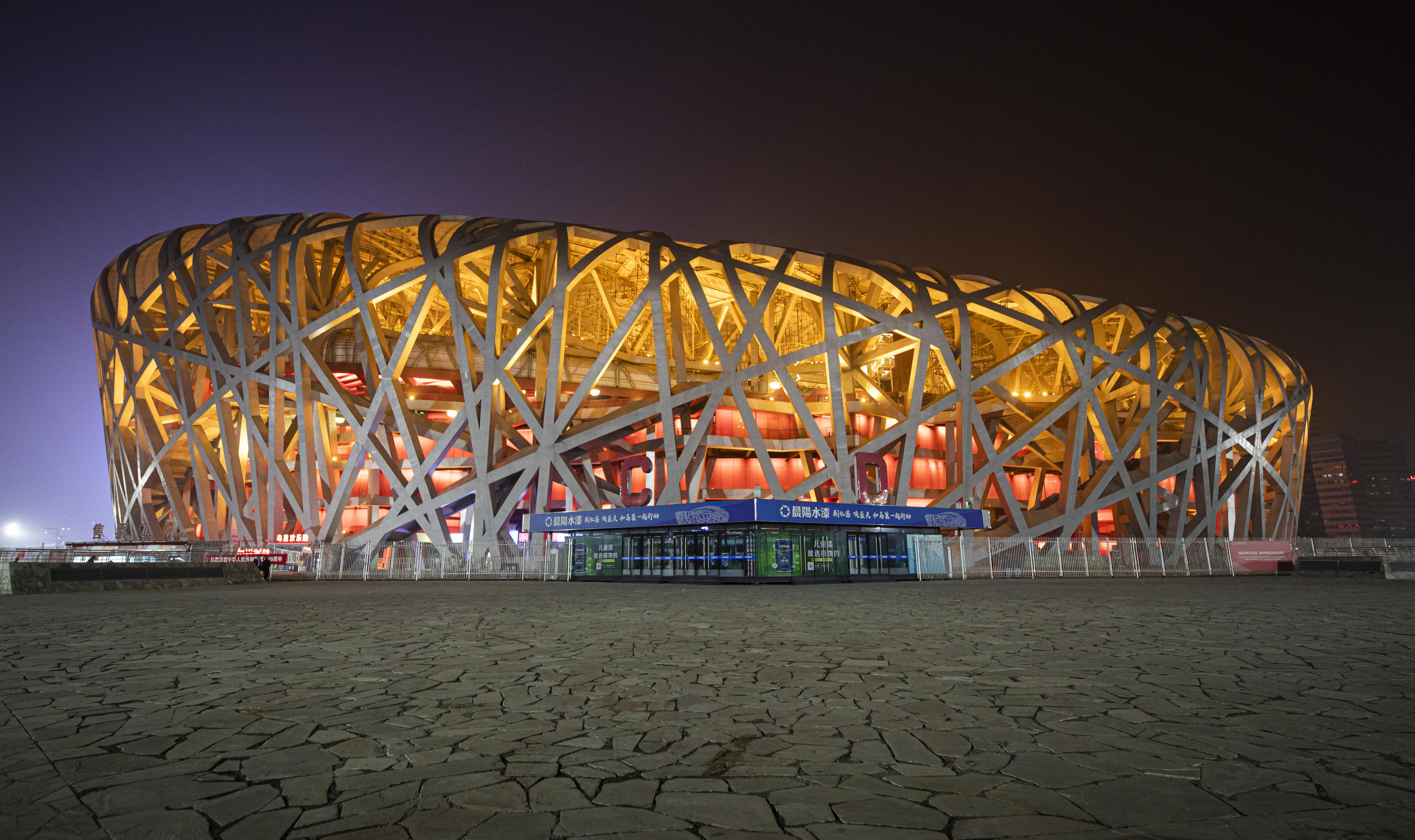
One of the most recognizable stadiums in the world, the Beijing National Stadium, also known as the "Bird's Nest," was designed by the Swiss architectural duo Herzog & de Meuron for the 2008 Beijing Olympics. Its intricate lattice-like steel structure was inspired by Chinese ceramics and traditional woven patterns, symbolizing cultural heritage blended with modernity. The open framework allows for natural ventilation, making it a sustainable design suited for the city’s climate. Beyond its striking visual appeal, the Bird’s Nest has become a lasting icon of Beijing, hosting international sports events, concerts, and cultural exhibitions.
2. Al Janoub Stadium – Zaha Hadid Architects (Qatar, 2019)
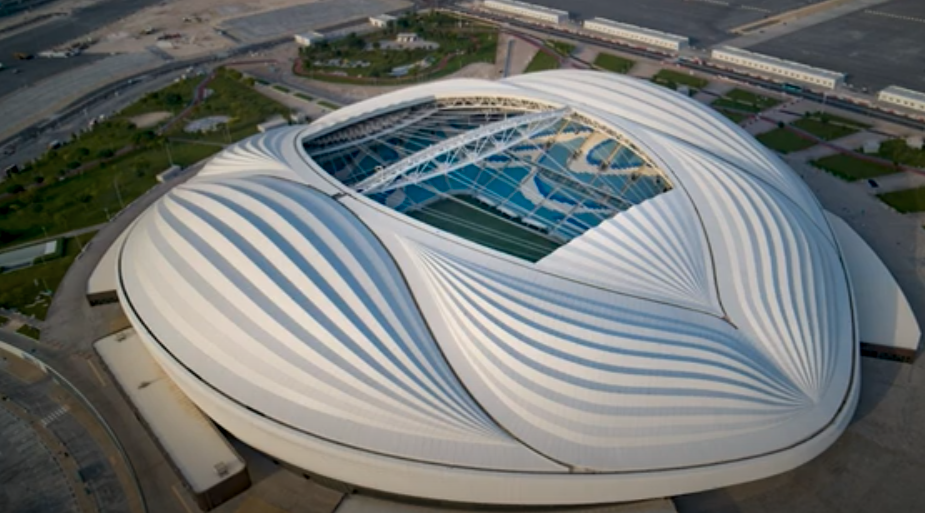
A masterpiece of fluidity and futuristic design, the Al Janoub Stadium, created by Zaha Hadid Architects, is one of the most visually striking venues built for the 2022 FIFA World Cup in Qatar. The stadium’s sail-like design is inspired by the traditional dhow boats used by Qatari pearl divers, seamlessly merging cultural heritage with high-tech innovation. Its retractable roof and cooling system make it an engineering marvel, ensuring comfort even in the harsh desert climate. This stadium exemplifies Hadid’s signature curved, organic architecture, proving that sports venues can be both artistically stunning and functionally efficient.
3. Allianz Arena – Herzog & de Meuron (Germany, 2005)
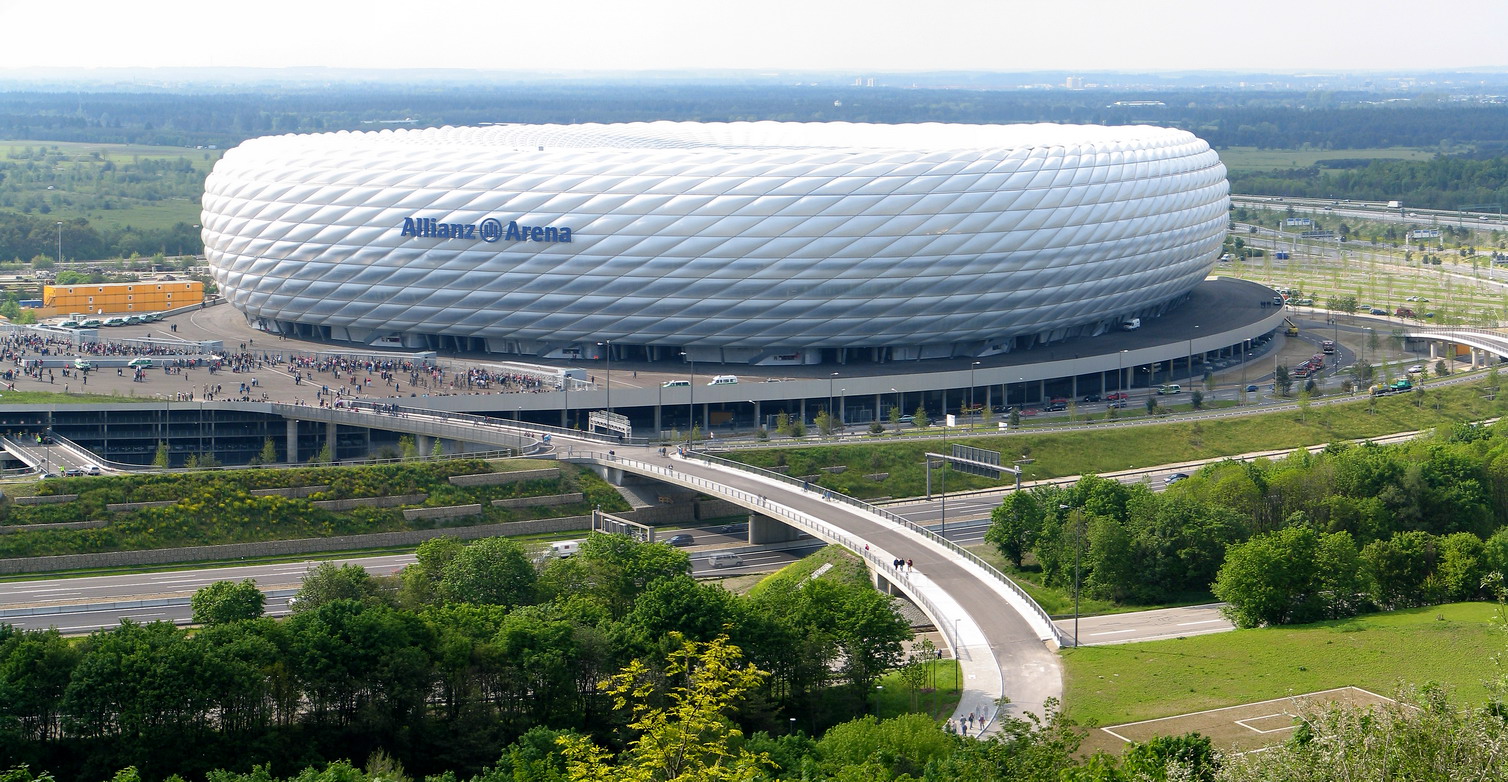
The Allianz Arena in Munich is one of the most innovative stadiums in the world, designed by Herzog & de Meuron. Its futuristic façade consists of 2,874 inflatable ETFE plastic panels, which can illuminate in different colors, reflecting the home team playing inside—red for Bayern Munich and blue for 1860 Munich. The self-cleaning, lightweight material not only makes the stadium energy-efficient, but also allows it to become a living canvas of light, captivating fans and visitors alike. The iconic glowing exterior ensures that Allianz Arena is as much a work of art as it is a sporting venue.
4. Tottenham Hotspur Stadium – Populous (United Kingdom, 2019)
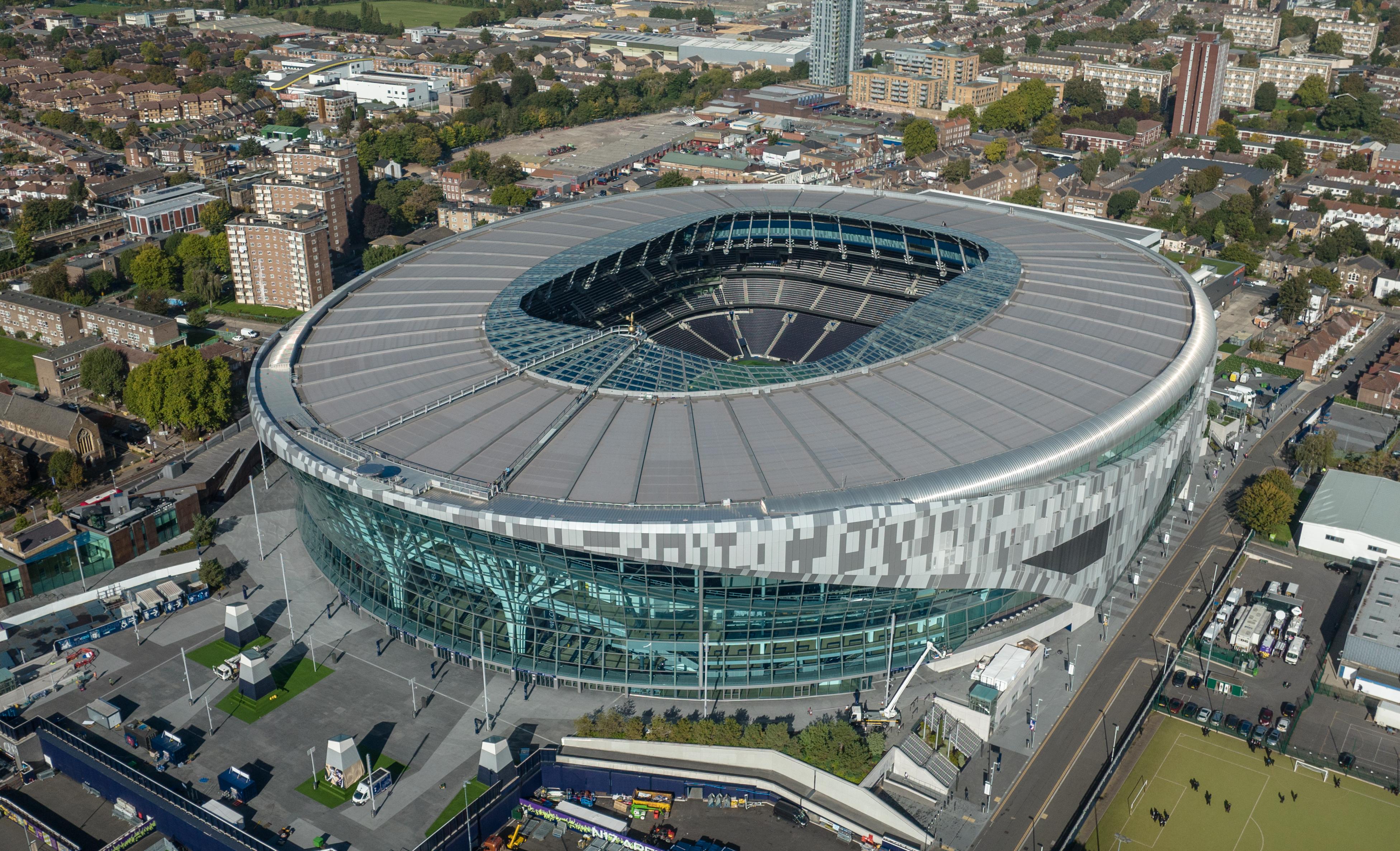
Designed by Populous, the Tottenham Hotspur Stadium is an engineering marvel that redefines modern stadium design. It features the world’s first retractable pitch, which allows it to seamlessly transform from a Premier League football ground into an NFL field, making it one of the most versatile stadiums ever built. The bowl-style seating ensures unmatched sightlines and an intense atmosphere, while the cutting-edge acoustics make crowd chants resonate powerfully. This stadium has set a new benchmark for future multi-purpose sports venues.
5. Maracanã Stadium – Original by Mendes de Moraes; Renovation by Fernandes Arquitetos (Brazil, 1950 & 2014)
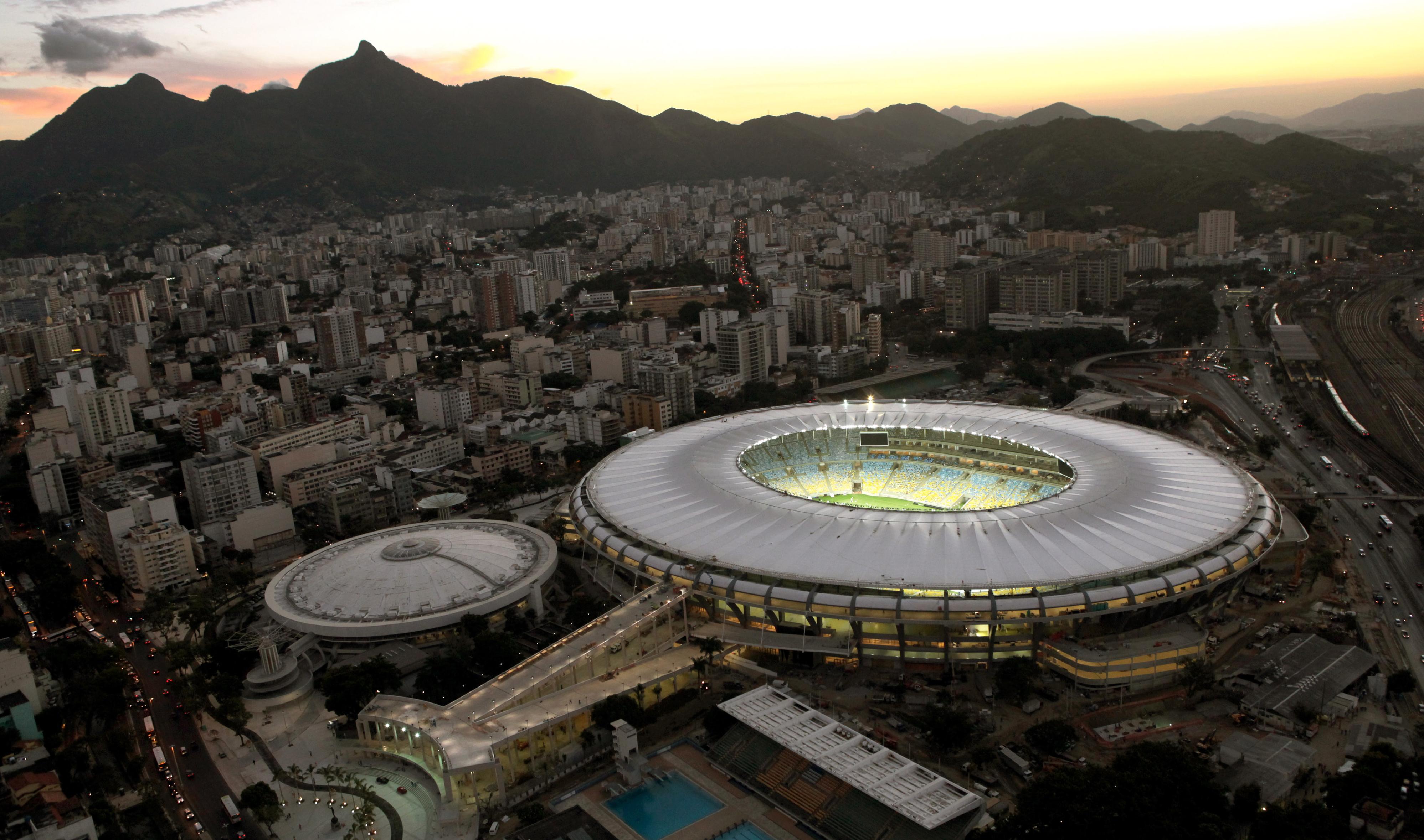
Few stadiums in the world hold as much historic and cultural significance as Maracanã Stadium in Rio de Janeiro, Brazil. Originally designed by Mendes de Moraes for the 1950 FIFA World Cup, the stadium was envisioned as the largest football arena in the world at the time, capable of hosting nearly 200,000 spectators. This colossal stadium became an enduring symbol of Brazil’s deep-rooted passion for football, witnessing countless legendary moments that shaped the sport’s history. Following decades of use, Maracanã underwent a major renovation led by Fernandes Arquitetos ahead of the 2014 FIFA World Cup, reducing its capacity to 78,838 to meet modern safety and comfort standards. Despite these changes, it retains its iconic atmosphere and remains a beloved venue for international football matches, Copa Libertadores finals, and the Olympic Games (2016). Its vast open seating arrangement and curved stands ensure every seat offers a breathtaking view, creating one of the most electrifying experiences in world football.
6. Estadio BBVA – Populous (Mexico, 2015)
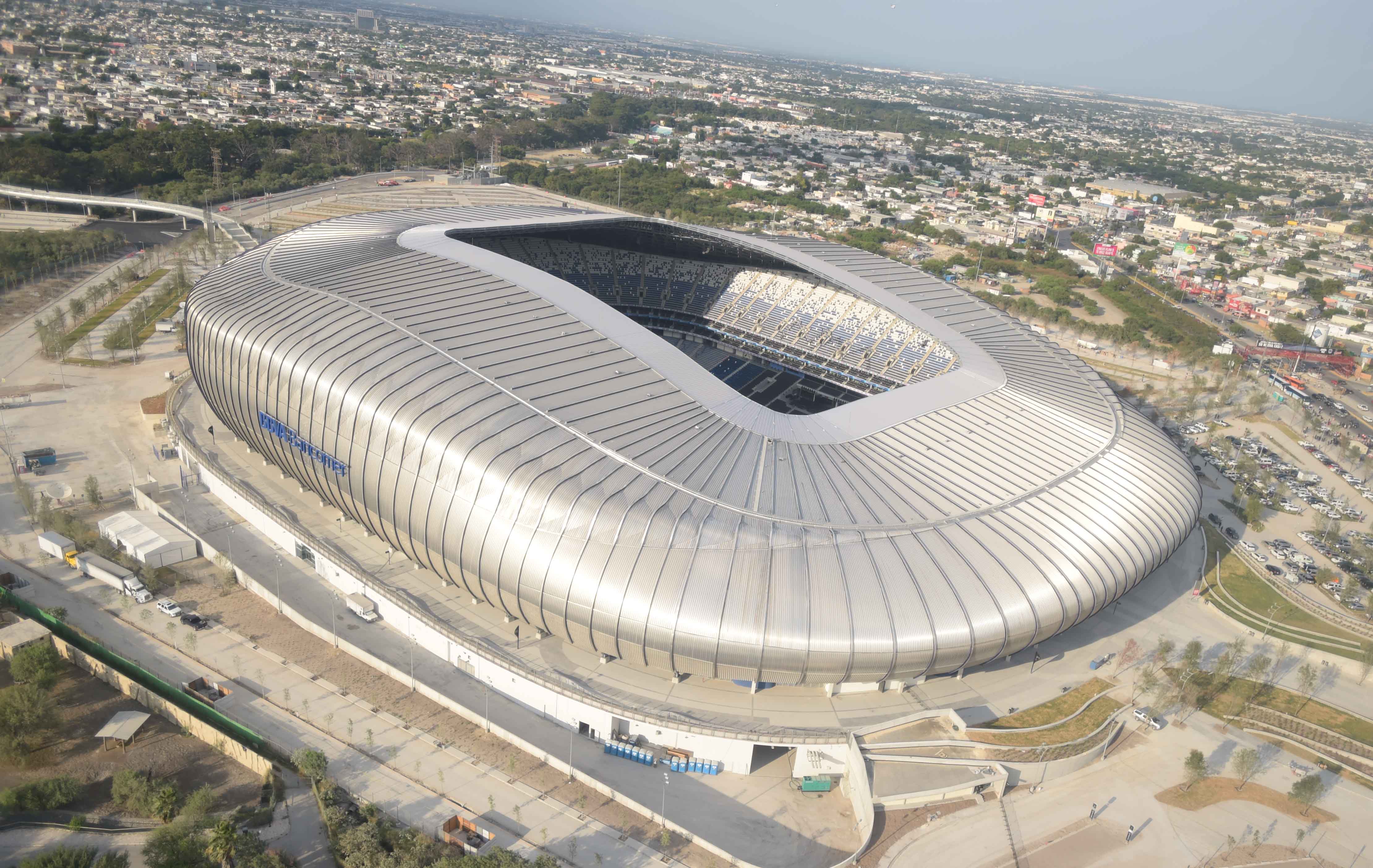
Nicknamed "El Gigante de Acero" (The Steel Giant), Estadio BBVA in Monterrey, Mexico, is one of Latin America’s most visually striking and technologically advanced stadiums. Designed by Populous, the stadium was built to provide an unparalleled viewing experience while harmonizing with its natural surroundings. The structure draws inspiration from Monterrey’s famous Cerro de la Silla mountain range, with a curved, reflective steel exterior that mirrors the surrounding landscape. This innovative design gives the stadium a distinctive, futuristic look while also serving a functional purpose—the open-air structure allows natural ventilation, reducing reliance on air conditioning in Mexico’s hot climate. Inside, the steep, carefully angled seating arrangement ensures that every fan has an optimal view of the pitch, making for an intense and immersive football experience. As the home of CF Monterrey, Estadio BBVA has quickly earned a reputation as one of the best stadiums in North America, frequently hosting international tournaments and major club matches.
7. FNB Stadium ("Soccer City") – Boogertman + Partners (South Africa, 2010)
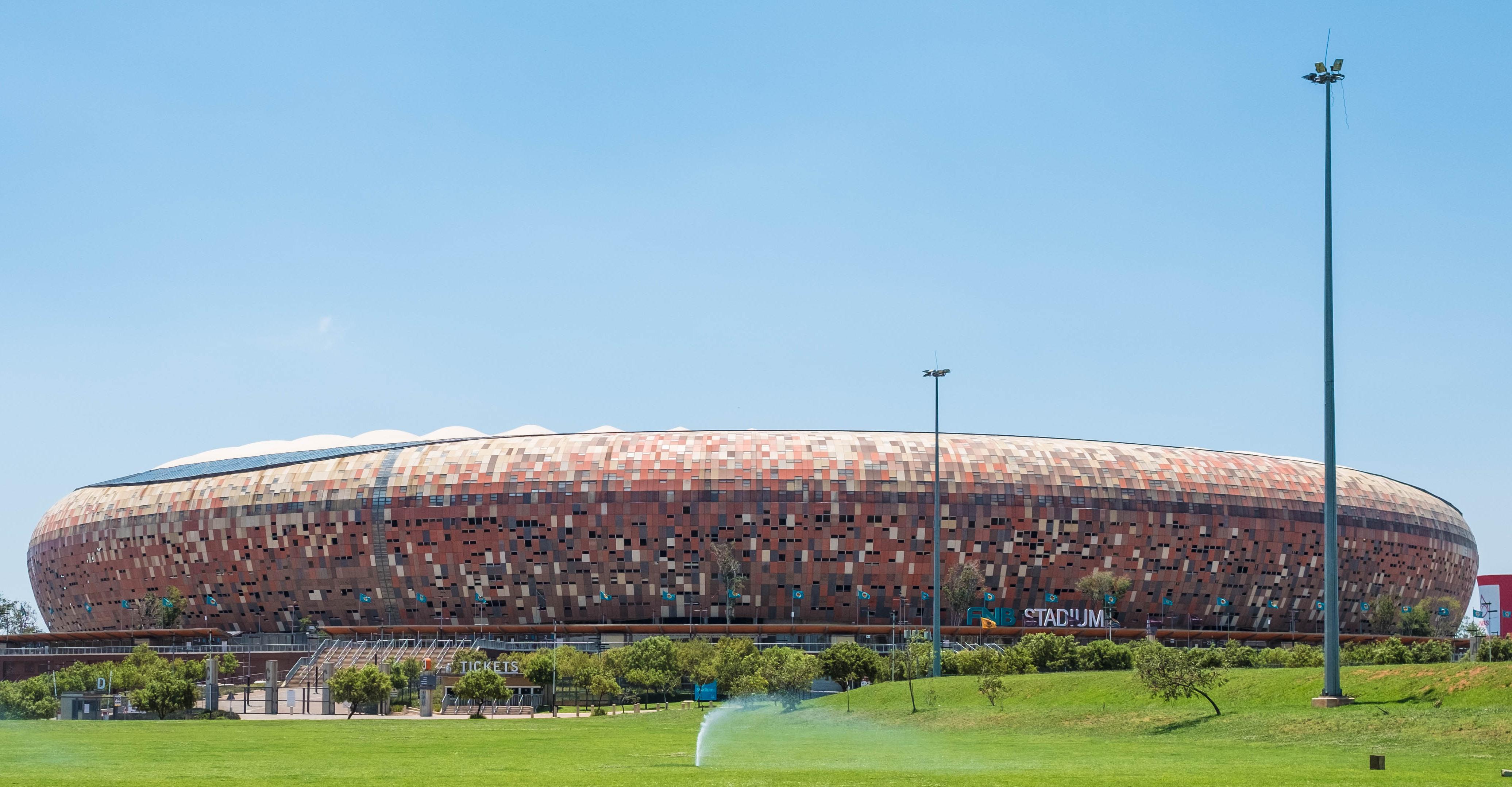
A symbol of African pride and resilience, FNB Stadium (previously known as Soccer City) in Johannesburg, South Africa, is one of the most culturally significant stadiums in the world. Originally built in 1989, the stadium underwent a spectacular redesign by Boogertman + Partners ahead of the 2010 FIFA World Cup, transforming it into a modern architectural masterpiece. The new design was inspired by the traditional African calabash (pottery vessel), featuring a striking mosaic of earthy-toned panels that glow warm orange at night, creating a breathtaking visual effect. With a capacity of nearly 95,000, it is the largest stadium in Africa, known for its unmatched atmosphere and thunderous crowd noise. Beyond football, FNB Stadium has hosted some of the most significant moments in history, including Nelson Mandela’s first speech after his release from prison in 1990 and his memorial service in 2013. Today, it remains a powerful emblem of South African history, while continuing to host major football matches, concerts, and cultural events.
8. National Stadium (Singapore) – Arup Associates (2014)
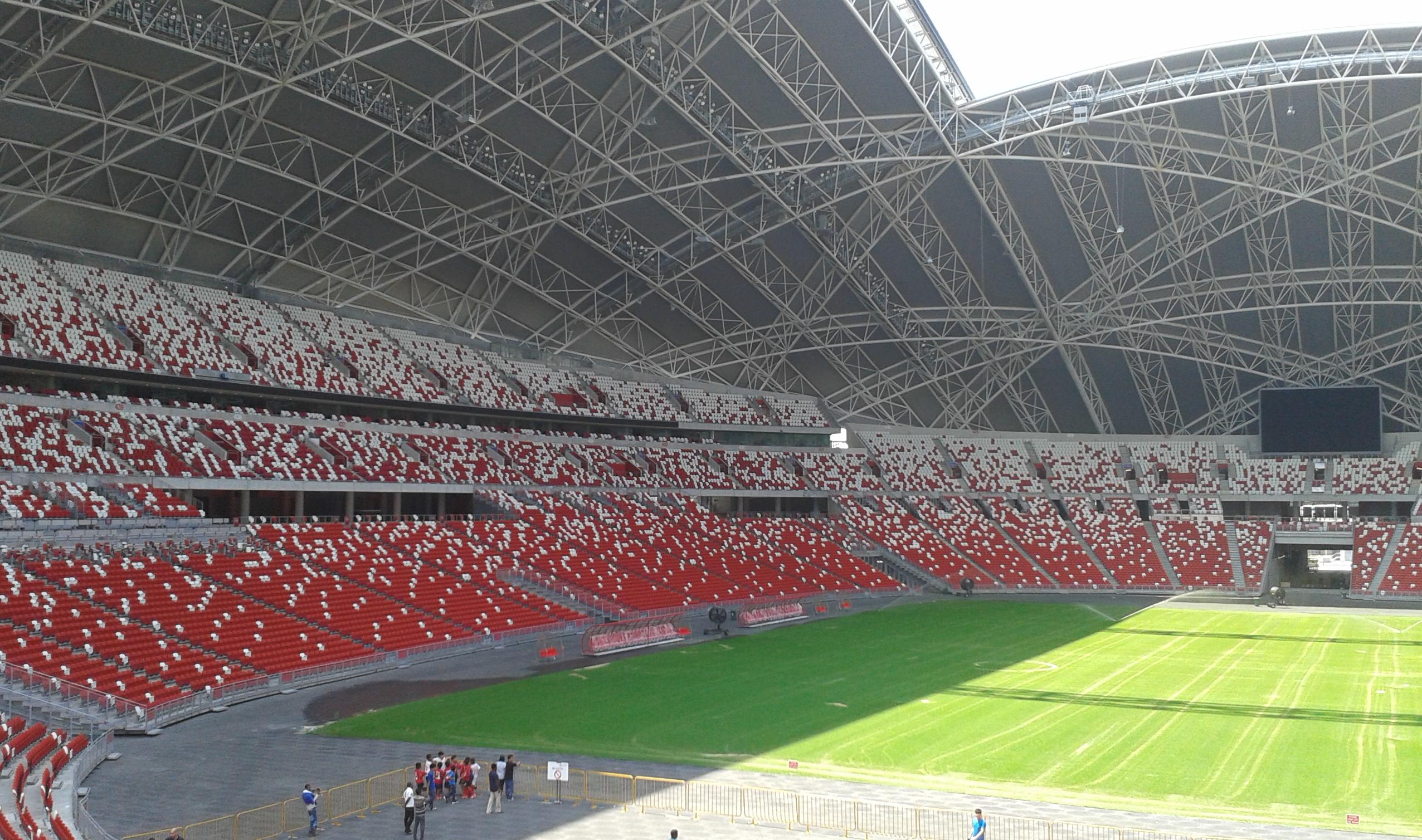
A true engineering marvel, the National Stadium of Singapore is one of the most technologically advanced stadiums ever built. Designed by Arup Associates, this state-of-the-art venue is renowned for its record-breaking free-spanning dome, which measures 310 meters across, making it the largest of its kind in the world. One of the stadium’s most impressive features is its retractable roof, which is made of lightweight, energy-efficient materials and can be opened or closed depending on the weather. The stadium also boasts a reconfigurable seating system, allowing it to adapt to different sports, including football, rugby, cricket, and athletics. Located within Singapore Sports Hub, the stadium is an integral part of a larger urban development, serving as a hub for sports, entertainment, and cultural events. Its innovative energy-efficient cooling system, which directs cool air only to occupied seats, ensures a comfortable experience for spectators in Singapore’s tropical climate, making it a model for future sustainable stadiums worldwide.
9. Estádio da Luz – Populous (Portugal, 2003)
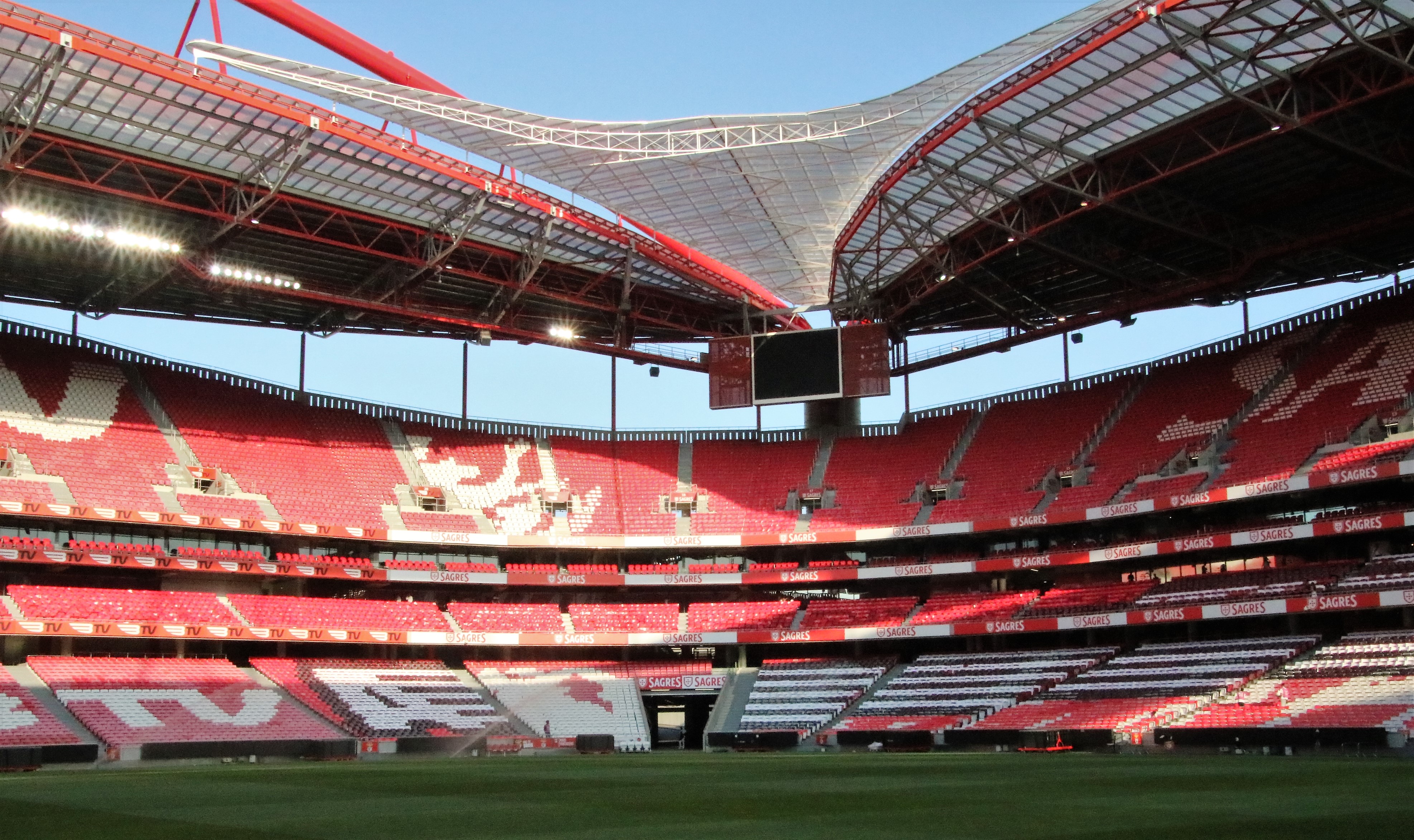
A cathedral of European football, Estádio da Luz in Lisbon, Portugal, is one of the most electrifying stadiums in Europe. Designed by Populous, the home of SL Benfica was built as a modern replacement for the original stadium, ensuring it retained its legendary atmosphere while incorporating cutting-edge architectural elements. The design is inspired by light and transparency, with a roof structure that allows natural sunlight to flood the stadium, giving it a bright, open feel. This feature not only enhances the visual experience for spectators but also reduces energy consumption, making it a more sustainable venue. Estádio da Luz is one of the most intimidating venues for visiting teams, with its steep, close-up seating arrangement amplifying crowd noise and intensity. Having hosted the UEFA Euro 2004 final and the UEFA Champions League finals in 2014 and 2020, it remains one of the most prestigious football venues in the world.
10. Oita Bank Dome – Kisho Kurokawa (Japan, 2001)
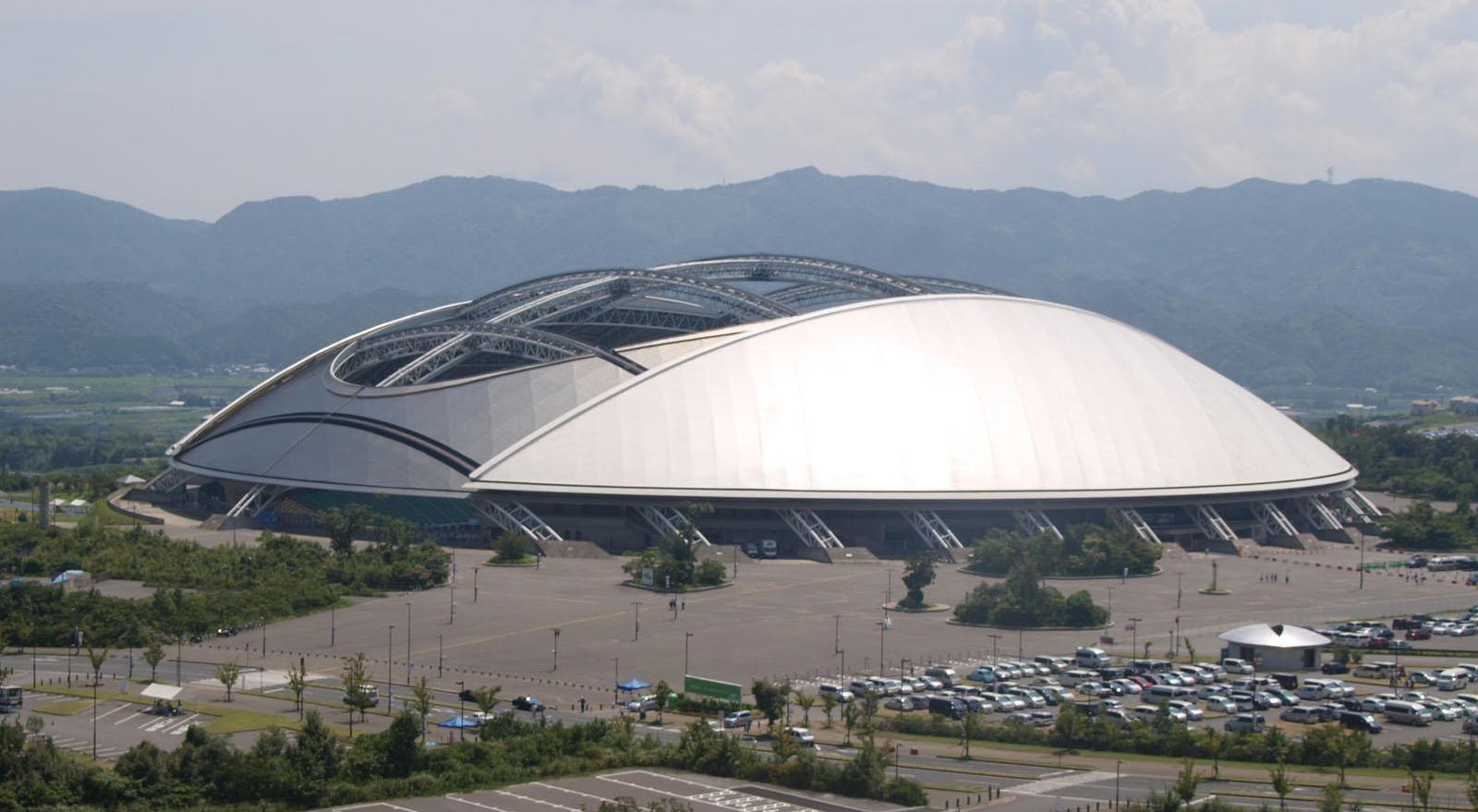
Designed by famed Japanese architect Kisho Kurokawa, the Oita Bank Dome is one of Japan’s most futuristic stadiums. Inspired by the organic shape of a seashell, its smooth, curving dome roof creates an elegant and natural aesthetic, seamlessly blending architecture with nature. One of its standout features is its movable retractable roof, which allows it to accommodate a variety of events, including football, concerts, and exhibitions. The lightweight, earthquake-resistant structure showcases Japan’s expertise in innovative engineering, making the stadium both resilient and visually stunning. Oita Bank Dome has served as a host venue for the FIFA World Cup (2002) and the Rugby World Cup (2019), cementing its reputation as one of Japan’s premier sports arenas.
11. Mercedes-Benz Stadium – HOK (USA, 2017)
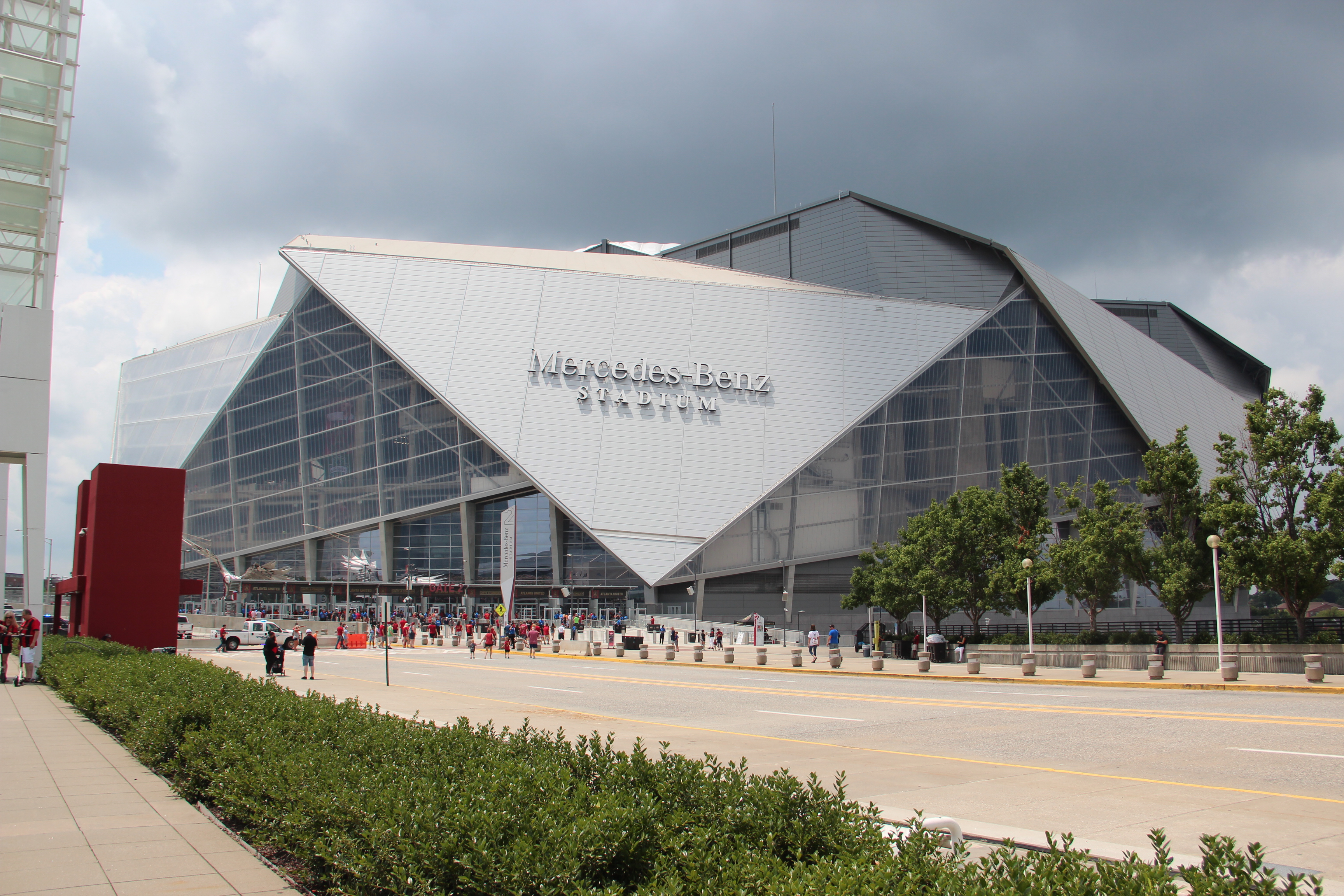
A beacon of innovation and sustainability, the Mercedes-Benz Stadium in Atlanta is a pioneering venue designed by HOK. The stadium features a revolutionary retractable roof inspired by a falcon’s wings, which consists of eight translucent petals that can open or close in just seven minutes. It is also one of the greenest stadiums ever built, achieving LEED Platinum certification—the highest level of sustainability recognition. The venue incorporates solar panels, a rainwater collection system, and energy-efficient lighting, setting a new benchmark for eco-friendly stadiums. With its iconic circular halo video board—the largest in the world—and its innovative fan-centric design, the stadium delivers an unparalleled spectator experience, making it a model for the future of stadium architecture.
12. Tokyo National Stadium – Kengo Kuma (Japan, 2020)
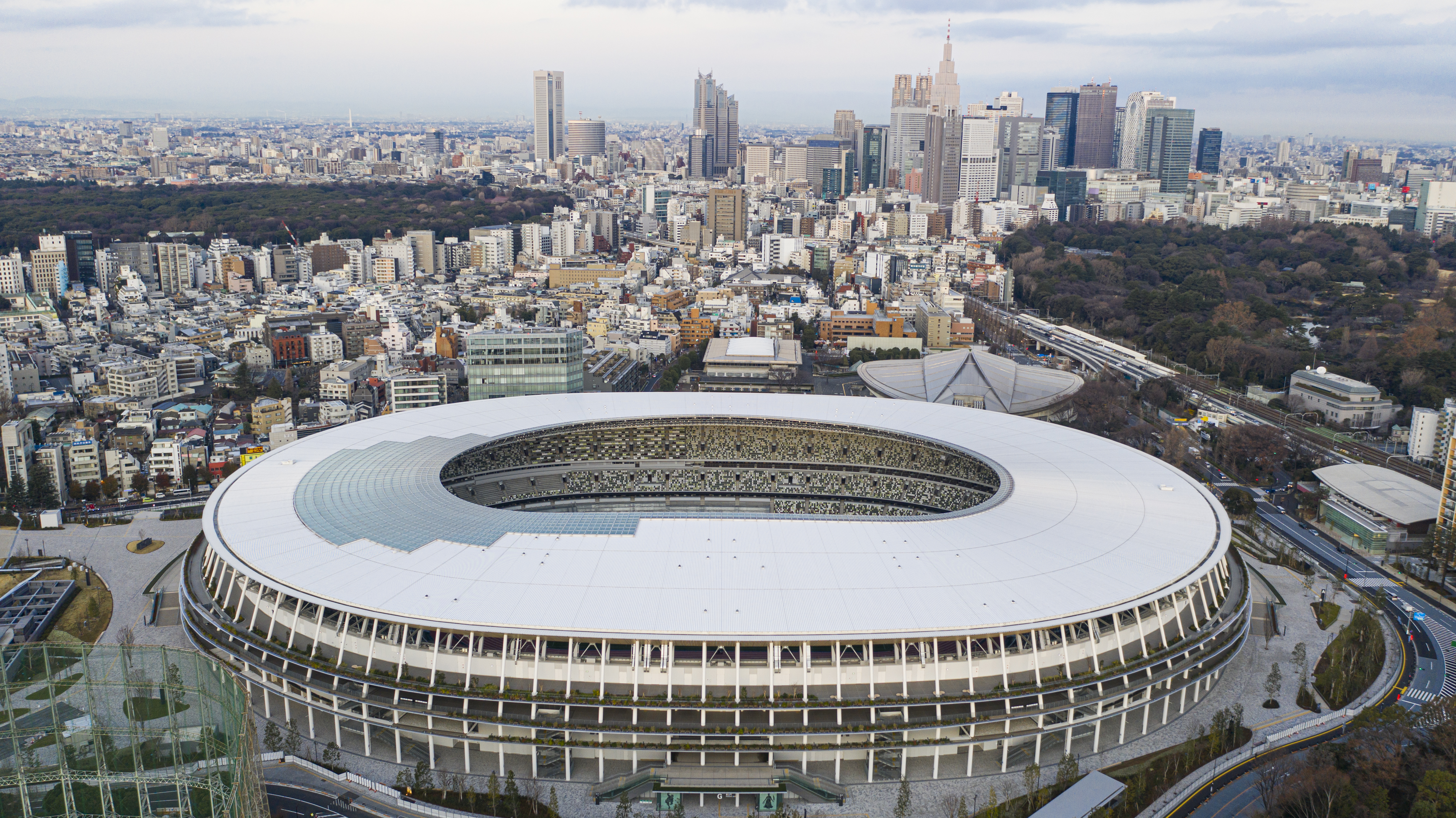
Designed by renowned architect Kengo Kuma, the Tokyo National Stadium is a masterpiece of eco-friendly architecture that was built for the Tokyo 2020 Olympics. The stadium is a perfect fusion of Japanese tradition and modern innovation, incorporating locally sourced timber into its wood and steel hybrid structure. The stadium’s open-air design allows for natural ventilation, reducing the need for artificial cooling, while the use of sustainable materials aligns with Japan’s commitment to environmental responsibility. The venue not only serves as a top-tier sports facility but also as a cultural and architectural landmark in Tokyo.
Where Sports and Architecture Collide
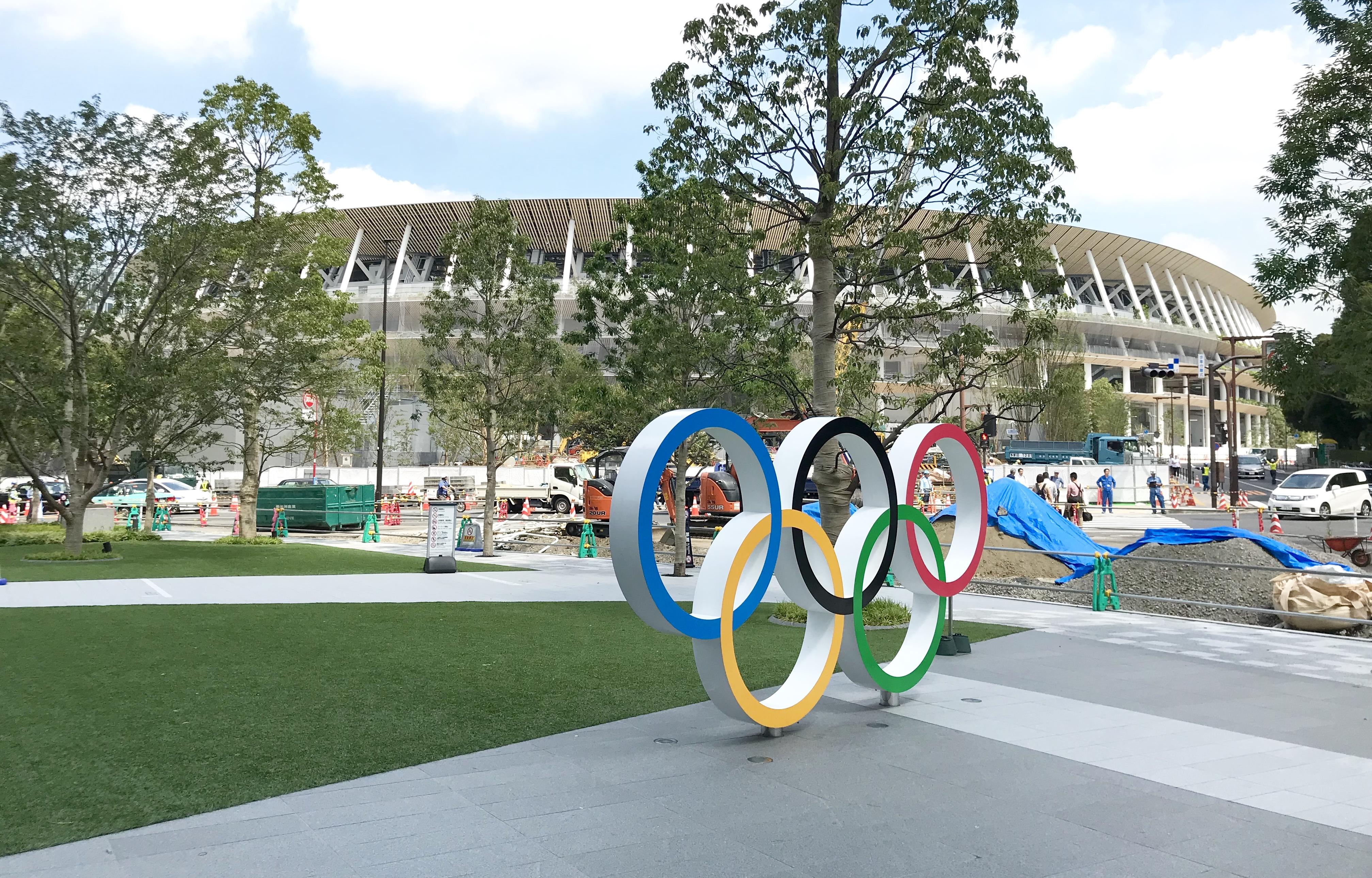
The world’s greatest stadiums are far more than just venues for sporting events—they are masterpieces of design, engineering, and cultural expression. Each of these 12 architectural wonders, crafted by some of the most visionary architects, showcases the limitless possibilities of stadium design. From the futuristic curves of Al Janoub Stadium to the timeless grandeur of Maracanã, these structures tell a story of innovation, tradition, and human creativity. Beyond their breathtaking aesthetics, these stadiums redefine what it means to be a sports venue—prioritizing sustainability, fan experience, and urban integration. They serve as symbols of national pride, hosting historic moments that unite millions of people worldwide. As technology advances and architectural boundaries continue to be pushed, stadiums will evolve even further, setting new benchmarks for design, sustainability, and spectacle. These arenas prove that where sports and architecture meet, history is made—one iconic structure at a time.








